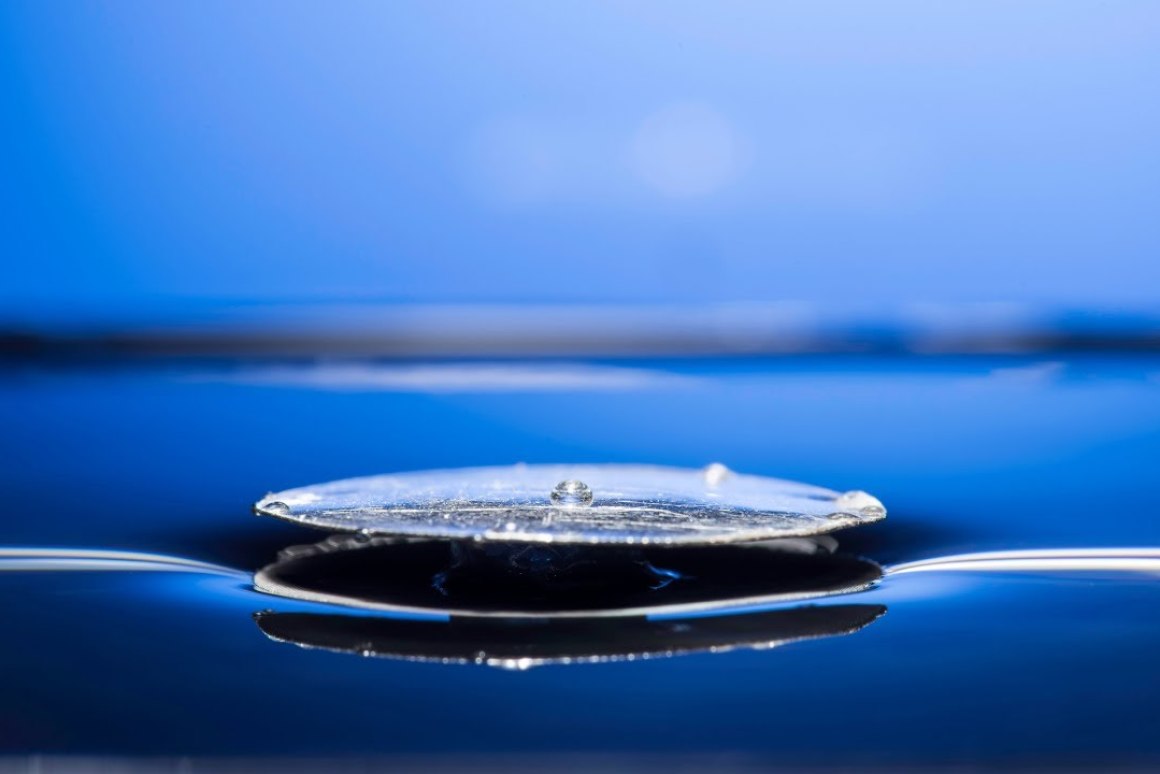University of Rochester researchers have created an “unsinkable metallic structure”, that stay floating even when punctured or damaged. The structure could lead to unsinkable devices for wide range of applications.
Ships and wearable flotation devices could stay afloat even after being punctured, and underwater electronic monitoring devices could keep running for extended periods.
Scientists made use of Superhydrophobic (SH) materials which are excellent at repelling water. These materials get their water-repelling properties by trapping air in complex surfaces. They used femtosecond bursts of lasers to etch micro-scale and nanoscale patterns onto the surfaces that trap air and make the surfaces super-hydrophobic, or water repellent.
Researchers discovered that when these metallic structures spent a long time underwater their etchings were worn away and they began to lose their hydrophobic properties.
To solve this problem, scientists created structures made up of two treated aluminum surfaces facing each other, connected by a small central pole, designed to trap the maximum amount of air. This resulted in developing virtually unsinkable metal. Resultant metal didn’t sink even after damaging its surface.
The team drilled six holes in them measuring 3 mm, and one measuring 6 mm but the structures still stayed afloat.







